SOURCE: RAUNAK KUNDE / NEWS BEAT / IDRW.ORG

The Indian Navy is reportedly exploring options to extend the operational life of its MiG-29K fighter jets beyond the initial retirement timeline of 2035. This move comes amidst delays in the procurement of a replacement aircraft under the Twin Engine Deck-Based Fighter (TEDBF) program.
The TEDBF program, aimed at acquiring new carrier-borne fighters, is yet to receive crucial approval from the Cabinet Committee on Security (CCS). This delay is expected to push back the program’s timeline significantly. Even under an optimistic scenario, the CCS clearance next year would be followed by a three-year rollout period, developmental flight trials lasting 3-4 years, and finally production – a process unlikely to be completed before 2033.
Continue readingSOURCE: AFI

India’s strategic vision has long included the development of a formidable naval presence to secure its vast maritime interests. Central to this vision is the construction of a third aircraft carrier, the Indigenous Aircraft Carrier-3 (IAC-3), a proposed 65,000-tonne behemoth capable of housing 54 fighters. As India debates the specifics of IAC-3, the idea of making it nuclear-powered and equipping it with electromagnetic catapults has emerged as a crucial consideration. Here are the compelling reasons why India should proceed with a nuclear-powered aircraft carrier.
One of the most significant advantages of a nuclear-powered aircraft carrier is its virtually unlimited operational range and endurance. Unlike conventional carriers that require frequent refueling, a nuclear-powered vessel can operate for years without refueling. This capability is particularly vital for India, given its extensive coastline and the need to project power across the Indian Ocean Region (IOR). A nuclear-powered carrier would ensure sustained maritime presence, enhancing India’s ability to conduct prolonged operations far from its shores.
Continue readingSOURCE: AFI
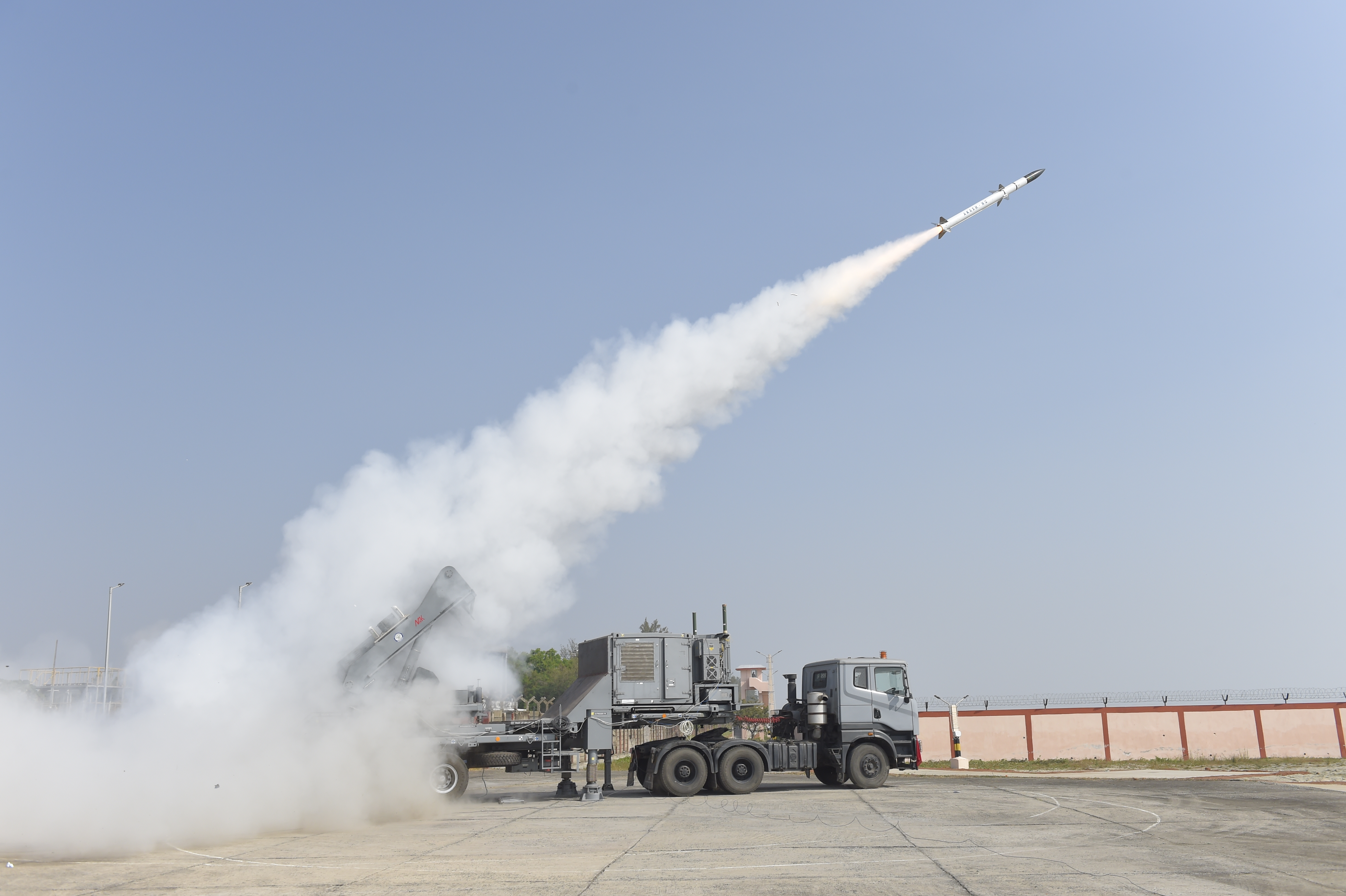
India’s quest for self-reliance in the defence sector has gained momentum, with both DRDO (Defence Research and Development Organisation) and private companies advocating for a more efficient system. A key area of focus is user trials – the process by which the Indian Armed Forces evaluate indigenously developed defence equipment.
DRDO and private entities have jointly urged the Ministry of Defence (MoD) to implement time-bound user trials. This streamlined approach aims to expedite the evaluation process, reducing delays that can hinder the induction of new technologies into the armed forces.
Continue readingSOURCE: AFI
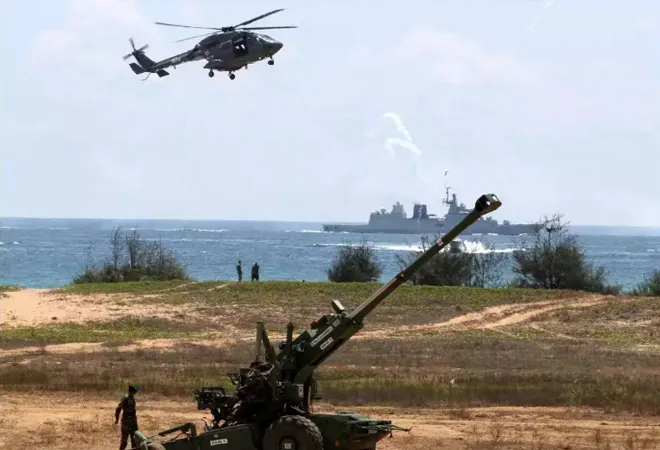
India is taking a significant step towards reforming its military structure with the theaterisation of its armed forces. This long-awaited initiative, gaining momentum under the current government, aims to create a more unified and efficient defense apparatus.
The theaterisation plan comes nearly a decade after China implemented a similar restructuring of its People’s Liberation Army. India’s theaterisation initiative signifies its commitment to modernizing its military and enhancing its response capabilities in the face of evolving security threats.
Continue readingSOURCE: AFI
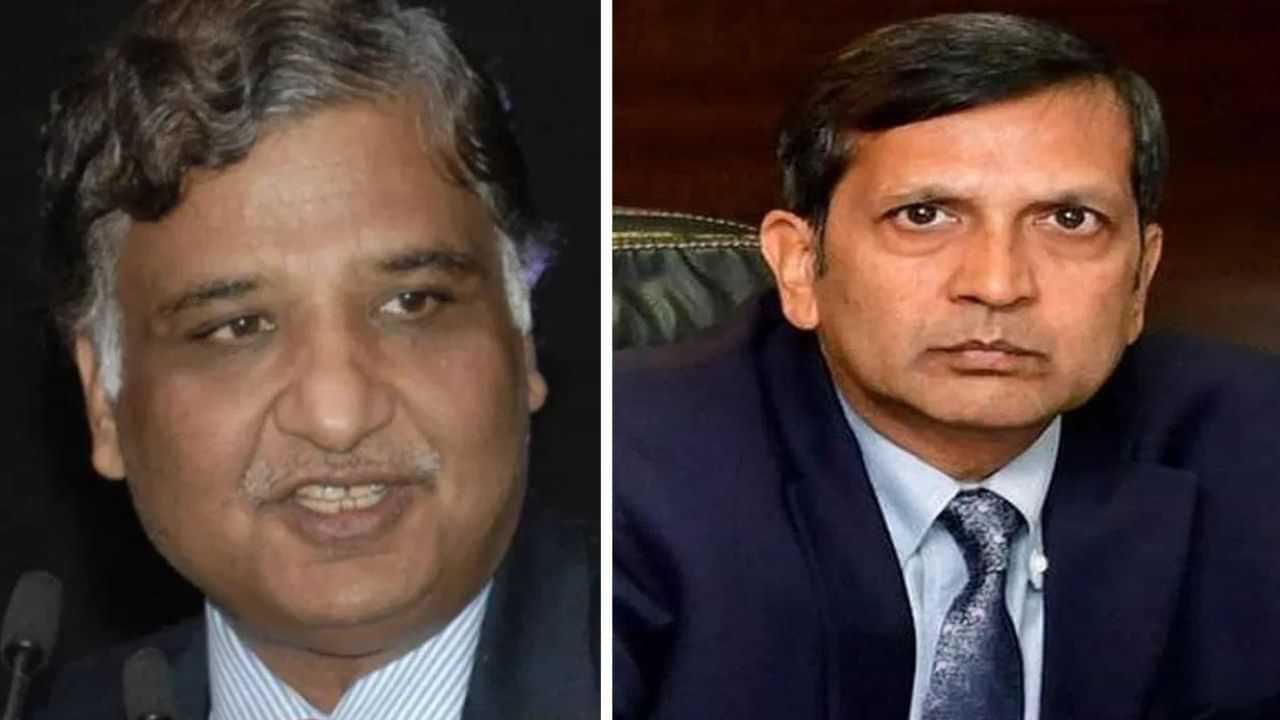
In a concerning development, former heads of India’s intelligence agencies, Research and Analysis Wing (R&AW) and National Investigation Agency (NIA), have been placed under Z category security cover due to perceived threats from Khalistani groups operating from Canada and the United States. The decision to provide heightened security to Samant Goel and Dinkar Gupta comes in response to specific threat perception reports indicating a direct threat from these terror outfits, prompting the Central Reserve Police Force (CRPF) to step in and ensure the safety of these former top officials.
Recent intelligence assessments have highlighted an alarming trend of heightened activity among pro-Khalistani entities, particularly in North America. These groups, known for their radical ideologies and propensity for violence, have reportedly been targeting prominent figures associated with Indian security and intelligence apparatus.
Continue readingSOURCE: IDRW.ORG.

In a recent interview with Bharat Shakti Editor-in-Chief Nitin A. Gokhale, Commodore A. Madhavarao (Retd.), Chairman and Managing Director of Bharat Dynamics Limited (BDL), shed light on India’s advancements in ballistic missile defense. The focus of the discussion was the Prithvi Defence Vehicle (PDV), an anti-ballistic missile designed to eliminate incoming threats in the exo-atmosphere.
The PDV is a two-stage, solid-fueled interceptor missile manufactured by BDL. This formidable weapon operates at an altitude range of 50 kilometers to 180 kilometers, targeting ballistic missiles within the exo-atmosphere. A key feature of the PDV is its DRDO-developed Imaging Infrared (IIR) seeker. This technology enables the PDV to differentiate between actual warheads and potential decoys, ensuring precise targeting.
Continue readingSOURCE: IDRW.ORG.
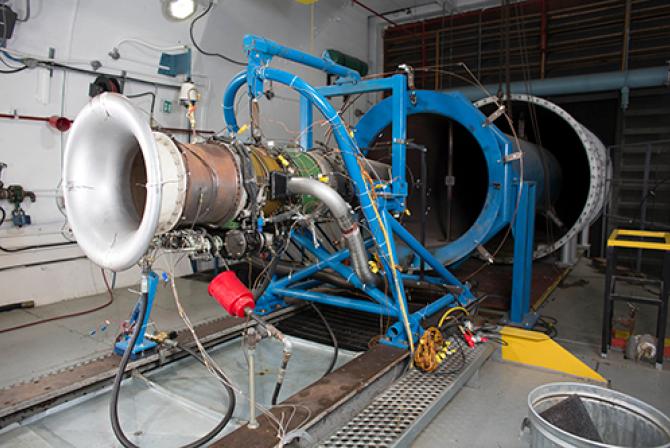
Bengaluru-based deep-tech startup Nabhdrishti Aerospace, a pioneer in indigenous gas turbine engine development, has secured a funding of Rs 3 crore from IIMA Ventures. This investment will fuel the development of a fuel flex combustor prototype through rigorous testing of the fuel injector and combustor components.
Nabhdrishti Aerospace specializes in Small Gas Turbines designed for various applications, including hybrid-electric Urban Air Mobility (UAM) vehicles, unmanned aerial vehicles (UAVs), cruise missiles, and decentralized power generation. This technology holds promise for revolutionizing the aerospace industry and enabling a cleaner future.
Continue readingSOURCE: AFI
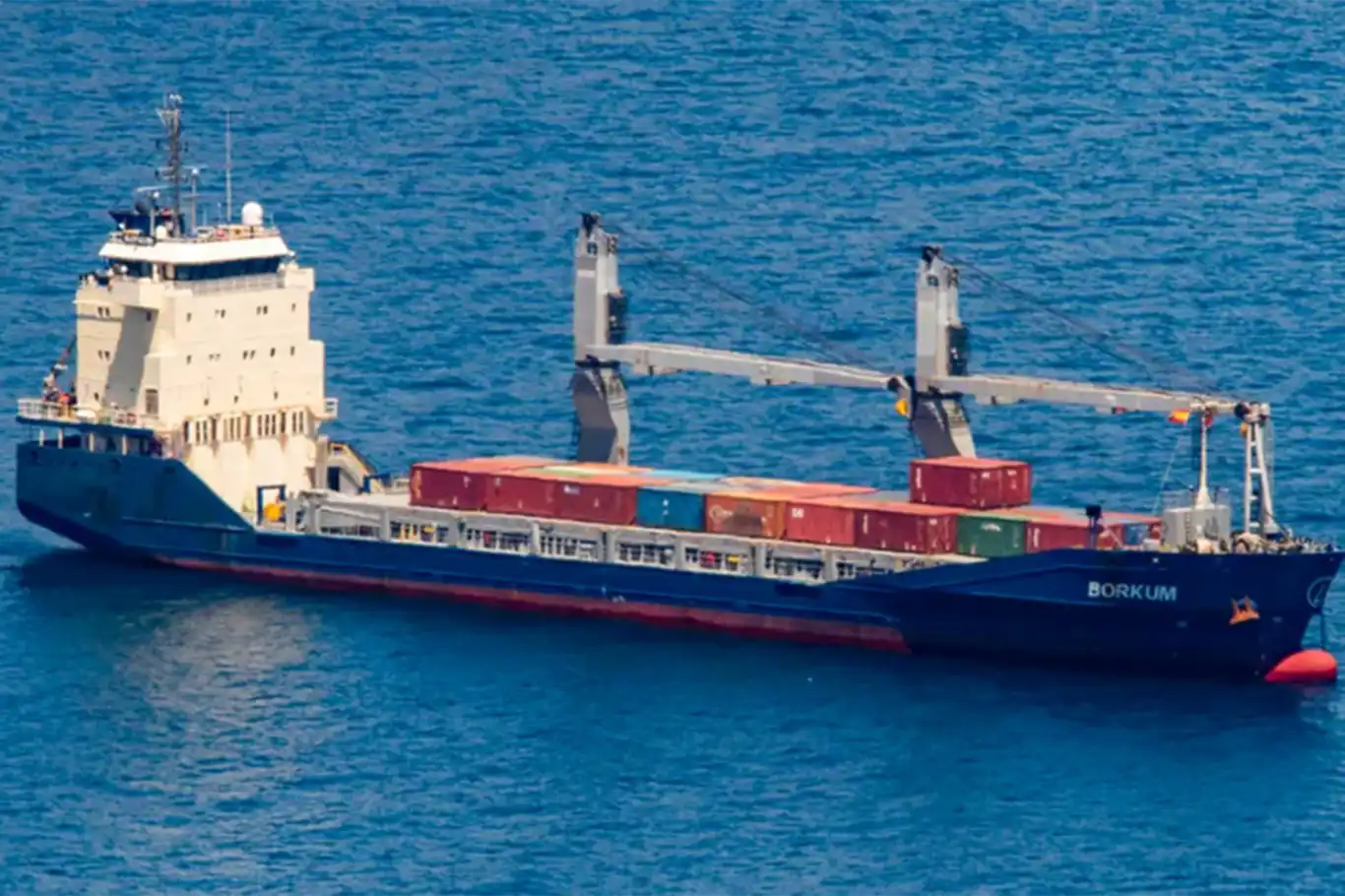
Spain has denied permission for a Danish-flagged merchant vessel carrying “27 tonnes of explosive material from India to Israel” to dock at a Spanish port, citing the need for peace in the Middle East.
Spanish Foreign Minister José Manuel Albares Bueno informed reporters in Brussels that this was the first time Spain had taken such a step. He emphasized Spain’s firm stance, stating, “the Middle East does not need more weapons, it needs more peace.”
Continue readingSOURCE: AFI

The Indian Space Research Organisation (ISRO) is gearing up for the launch of the NISAR (NASA-ISRO Synthetic Aperture Radar) satellite, a collaborative project with NASA. According to ISRO chief S. Somanath, the satellite will be a game-changer in monitoring tectonic movements with exceptional accuracy.
The launch, initially planned for July 2024, may be pushed back to October-November due to technical considerations on the U.S. spacecraft side. However, the potential benefits of NISAR remain significant.
Continue readingSOURCE: AFI

Fueled by a surge in orders from domestic airlines, Indian aerospace manufacturers are experiencing a positive outlook. This growth, coupled with government initiatives, is propelling the industry forward.
A significant boost came when Air India placed substantial aircraft orders. Additionally, Airbus, a leading international manufacturer, expressed interest in expanding its supplier base in India, aiming to diversify its sales currency. This presents a lucrative opportunity for Indian companies to secure a larger share of the global aerospace supply chain.
Continue readingSOURCE: AFI

In a move that strengthens India’s defense capabilities, Paras Anti-Drone Technologies, a leading innovator in counter-drone solutions, has announced a partnership with Forge for its iDEX projects. This collaboration focuses on developing critical technologies for Ground Controlled Satellite Antennas (GCSA) with Frequency Switching and L/P band Continuous Wave Synthetic Aperture Radar (SAR) payloads for Low Earth Orbit (LEO) satellites.
Paras Anti-Drone, a DISC 8 challenge winner, is a prominent player in the defense, aerospace, and counter-unmanned aerial vehicle (UAV) space. The company delivers a comprehensive suite of anti-drone and situational awareness systems, safeguarding critical infrastructure, defense personnel, and private security from drone threats.
Continue readingSOURCE: RAUNAK KUNDE / NEWS BEAT / IDRW.ORG
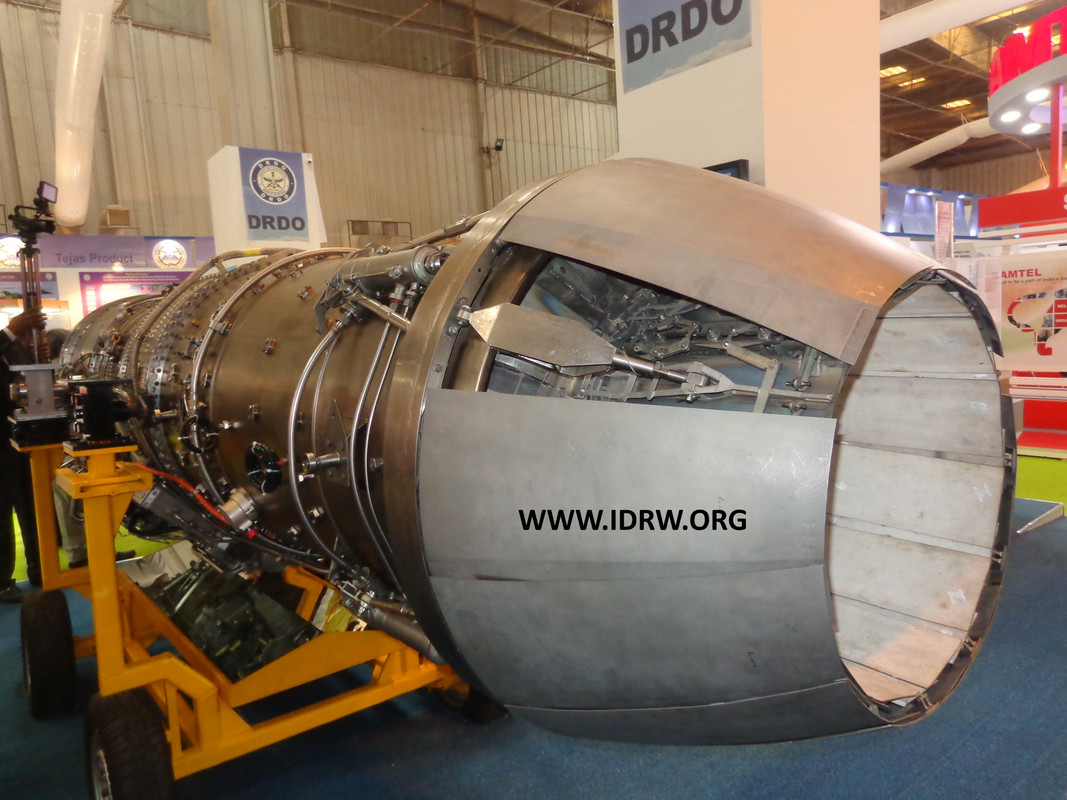
The Gas Turbine Research Establishment (GTRE) of India’s Defence Research and Development Organisation (DRDO) has received a new batch of Dry Kaveri engines. These engines will undergo further testing and certification to pave the way for their integration into indigenous fighter jets.
This development marks a significant step forward for the Dry Kaveri program, which aims to develop a powerful engine for the DRDO Ghatak Unmanned Strike combat aircraft. After nearly a decade of delays, the project seems to be gaining momentum.
Continue readingSOURCE: RAUNAK KUNDE / NEWS BEAT / IDRW.ORG

General Electric (GE) is poised to revolutionize India’s aerospace industry with its cutting-edge engine technology. Currently negotiating a deal with Hindustan Aeronautics Limited (HAL) for the F-414 engine, GE is pushing the boundaries of collaboration by proposing a significant transfer of technology (ToT) agreement, aiming for an impressive 80 per cent ToT.
The proposed collaboration between GE and HAL extends beyond the acquisition of existing engine technology. GE is also exploring the possibility of partnering with the Defence Research and Development Organisation (DRDO) to co-develop a new engine based on the F-414 platform. This engine holds the promise of powering India’s ambitious 5th generation Advanced Medium Combat Aircraft (AMCA) fighter jets, marking a significant leap forward in indigenous defence production.
Continue readingSOURCE: RAUNAK KUNDE / NEWS BEAT / IDRW.ORG

The Indian Army has made significant strides towards self-sufficiency in ammunition production. In a major push towards indigenization, the Army has identified local sources for nearly 150 out of the 175 types of ammunition it utilizes. This initiative aims to eliminate ammunition imports by the financial year 2025-26.
This development marks a significant shift for the Indian Army, which has traditionally relied on imports to meet a portion of its ammunition needs. The corporatization of Ordnance Factories and the entry of several private sector players in recent years have significantly bolstered domestic production capabilities.
Continue readingSOURCE: AFI

The Indian Air Force (IAF) is set to receive its first LCA Mark 1A fighter jet in July 2024 from Hindustan Aeronautics Limited (HAL). This marks a slight delay from the initial February-March timeframe due to technical reasons.
HAL successfully conducted the maiden flight of the upgraded Tejas in March, paving the way for its integration into the IAF’s arsenal. This indigenous aircraft represents a significant milestone in India’s journey towards self-reliance in the defense sector.
Continue reading